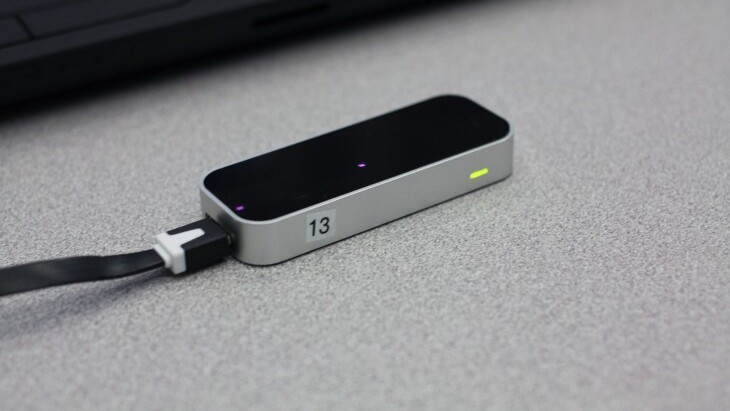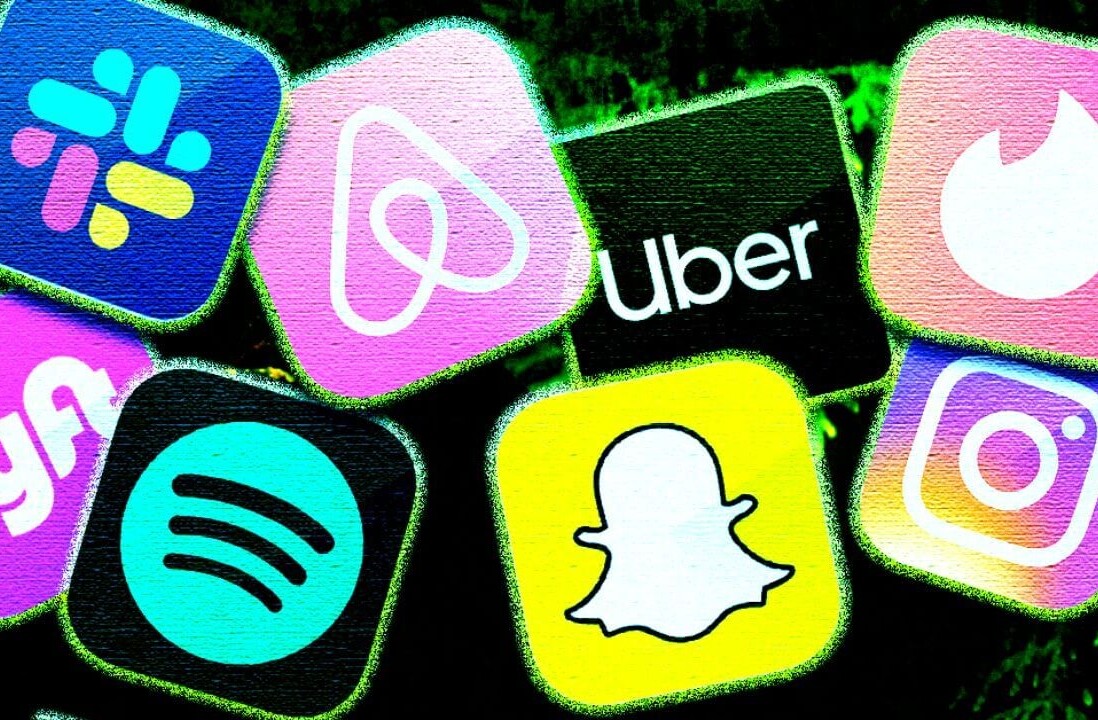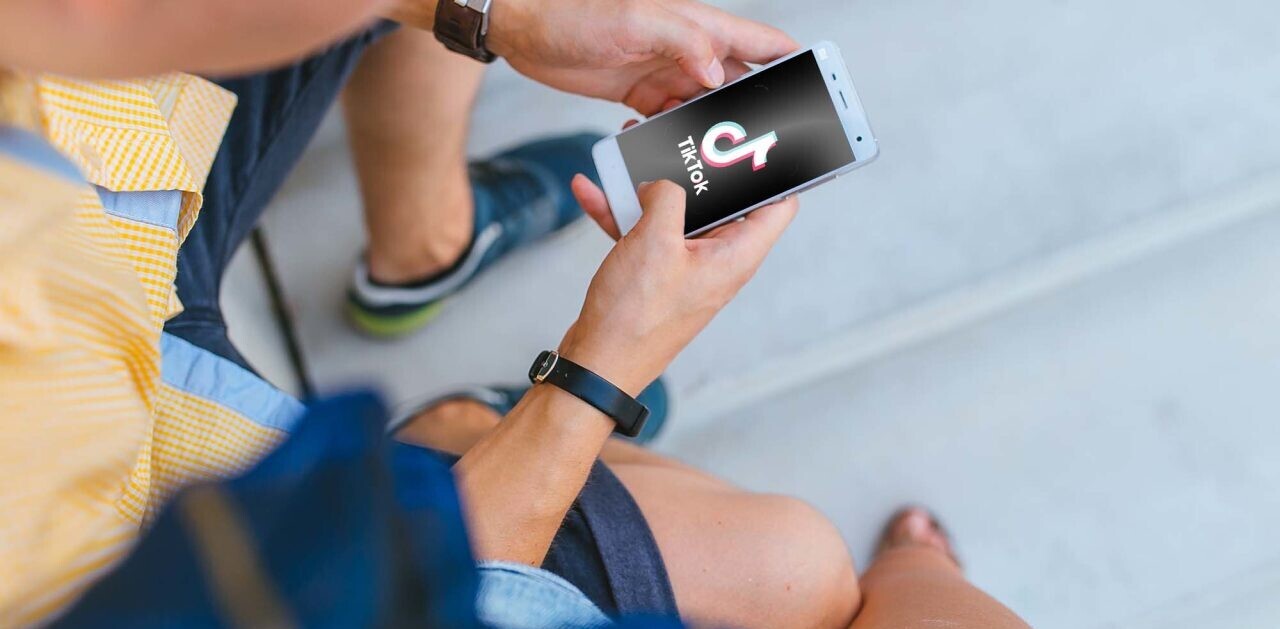
Clear for Mac, a to do app we’ve covered before, has announced that the next version of its app will feature Leap Motion Controller integration. This will allow you to control Clear with gestures detected by the Leap, effectively letting you use Clear without ever touching your mouse or keyboard.
The Leap controller is a small unit the size of a pack of gum that connects via USB and allows you to control your computer and supporting apps via gestures. It’s incredibly precise and requires almost no training or setup.
The potential of the Leap controller lies in the developers that will take advantage of the device’s precision and upcoming app store to offer customers a reason to buy it. With the Leap set for direct sales and Best Buy locations, it’s going to take a suite of apps that offer value on several levels. First, they’re going to need to be clever and eye-catching, as well as appealing for casual users.
But there will also need to be apps that offer real utility beyond the first blush of purchase and play. And that’s where apps like Clear come in. If your Leap is sitting on your desk and you use Clear every day, having a precise, gesture-based way to interact with it seems like a win for Leap and for the user. Whether it will become the primary way that you interact with apps like Clear really remains to be seen, but we were incredibly impressed with the Leap hardware in our hands-on testing so far.
Here’s a video demo of the new Clear in action:
I spoke to Nik Fletcher, product manager at Realmac, the makers of Clear about integrating Leap support into the app. He says that the Leap SDK has been growing by leaps and bounds.
“The guys at Leap have been continually adding to the SDK – to begin with, we actually built our own tools to teach Clear the gestures it should recognise,” says Fletcher, “and each release of the SDK adds APIs that replace the things we’ve been bootstrapping.”
He’s also impressed with the way that the Leap has opened up use cases that wouldn’t normally be on the plate for standard interfaces.
“The end result means that we’re building on top of the Leap’s own gesture recognition and ensure we’re offering a really effortless, consistent experience,” he says, adding that “Leap has plenty of cases where you couldn’t use a regular input device (where contactless [control] would be useful) – obviously there’s healthcare, but checking off to-do list items when you’re cooking is another fun use that we’ve tried!”
When I spoke to Leap President and COO Andy Miller (one of two Apple alums to join the company) late last year, he emphasized that developer adoption would be key for the Leap.
“It’s all about developers,” Miller said, explaining the choice of Michael Zagorsek as VP of Product Marketing. Miller said that Leap has hired a ‘high class of math talent’, booked tens of millions in revenue and has a very senior executive team. In so many words, he says, they’re ‘hiring up’. And getting a suite of apps out there at launch is clearly of importance.
While a launch date for the Leap controller has yet to be announced, there is a strong wave of developer support around the hardware. There are dozens of videos on YouTube from developers doing all sorts of interesting things with the hardware, but Clear marks one of the first currently shipping apps we’ve seen that is adding support. It goes beyond proof of concept and into making a Leap controller a part of your desktop, which is exactly what Leap would like to see.
Clear will launch its version of the app with support for the Leap Motion controller once the Leap has launched to consumers, which should be later this year.
Get the TNW newsletter
Get the most important tech news in your inbox each week.




